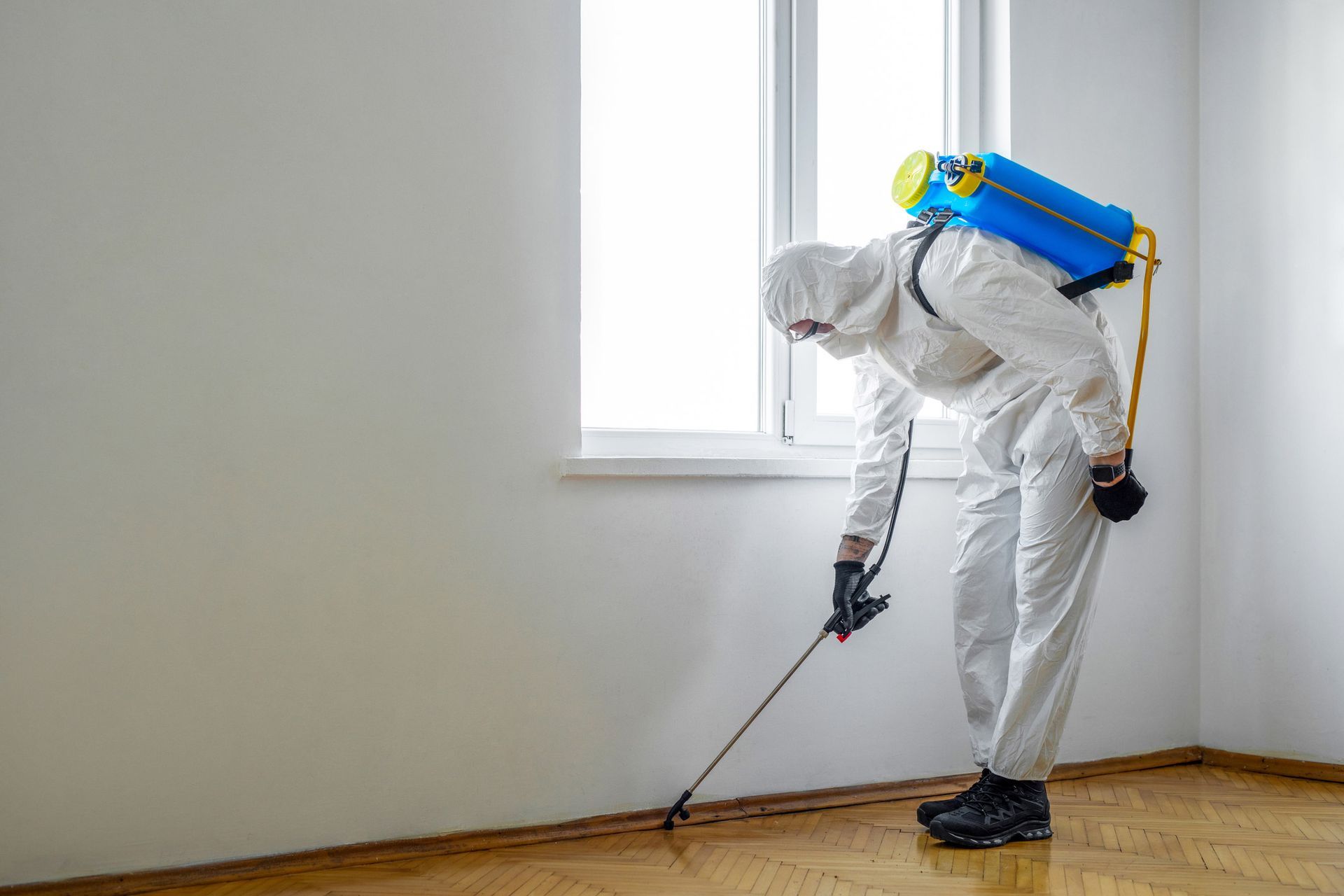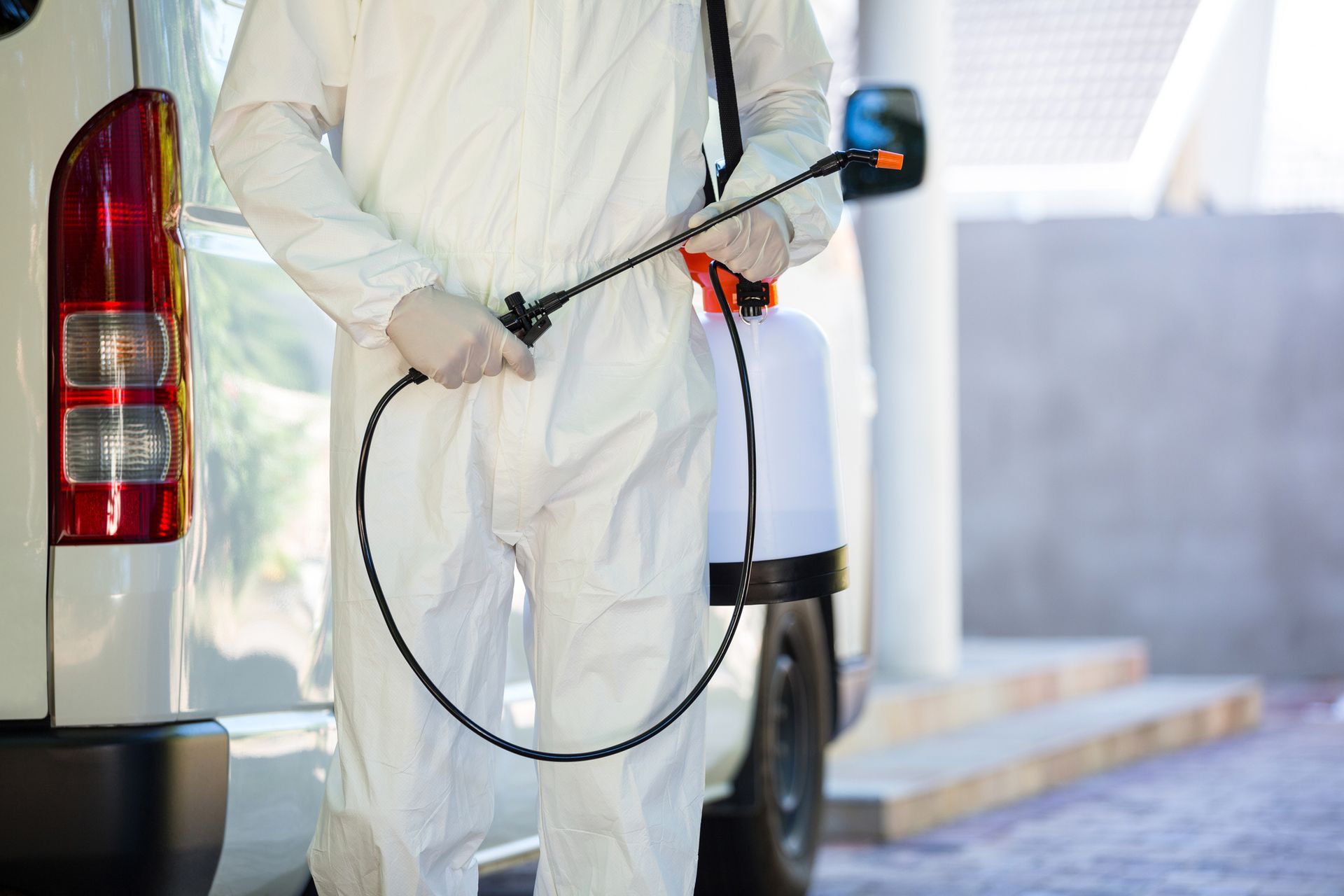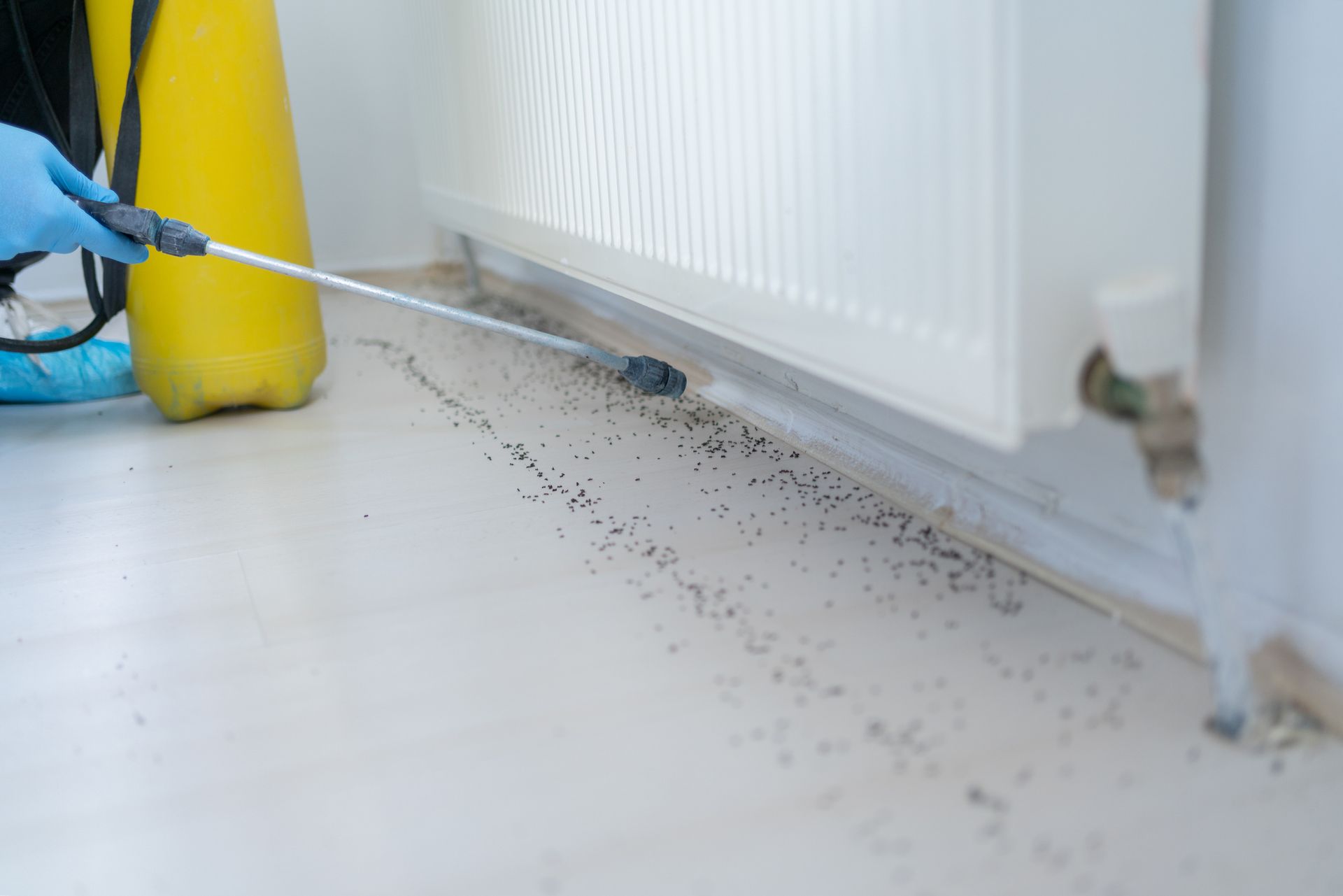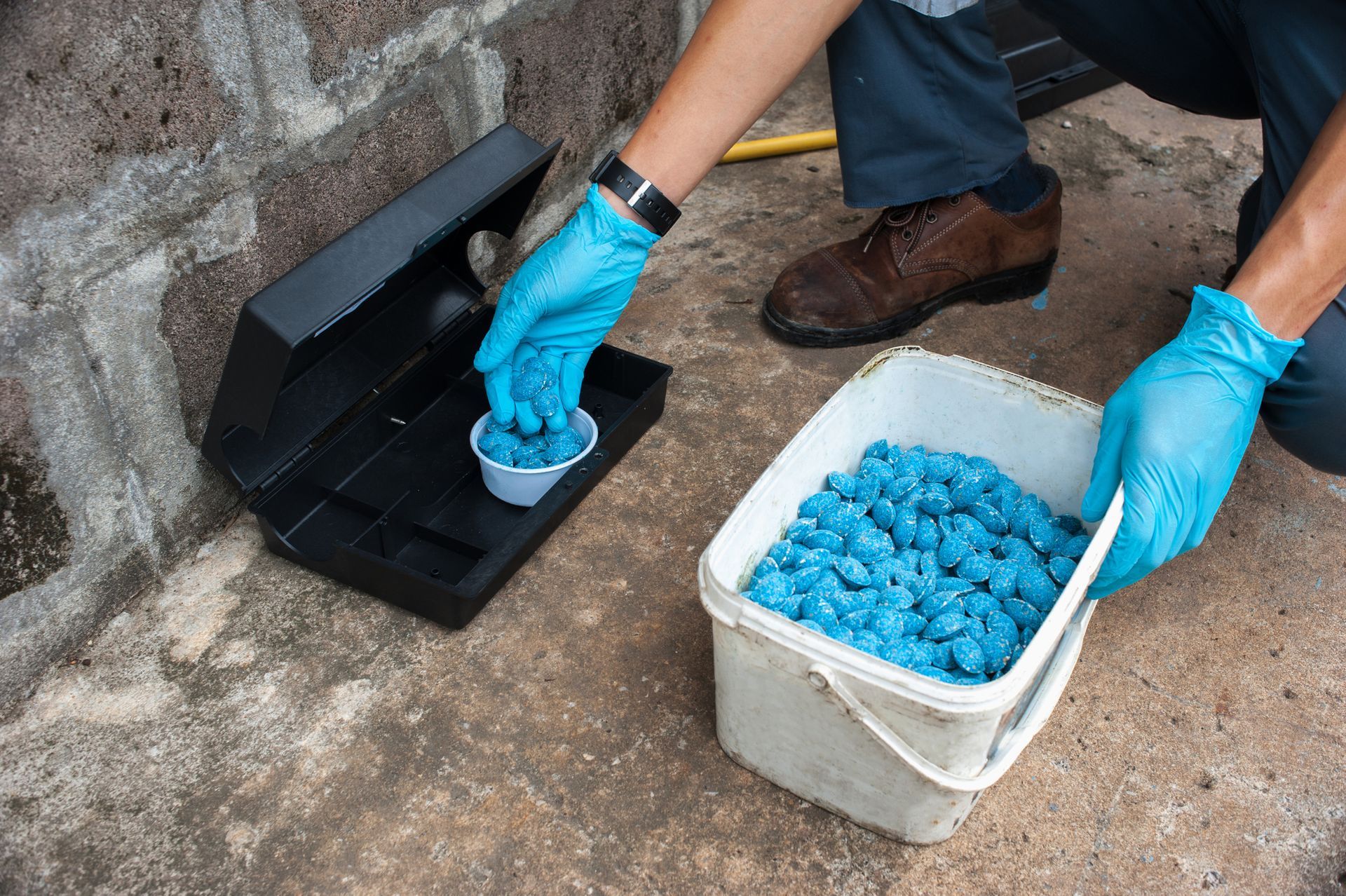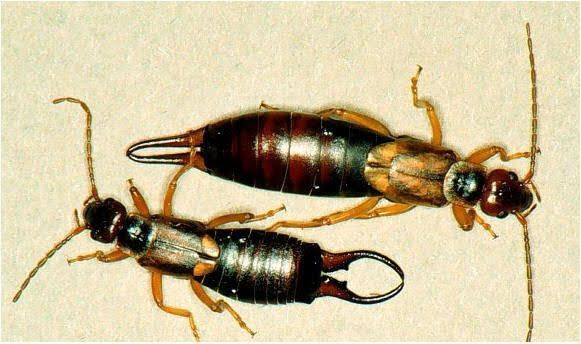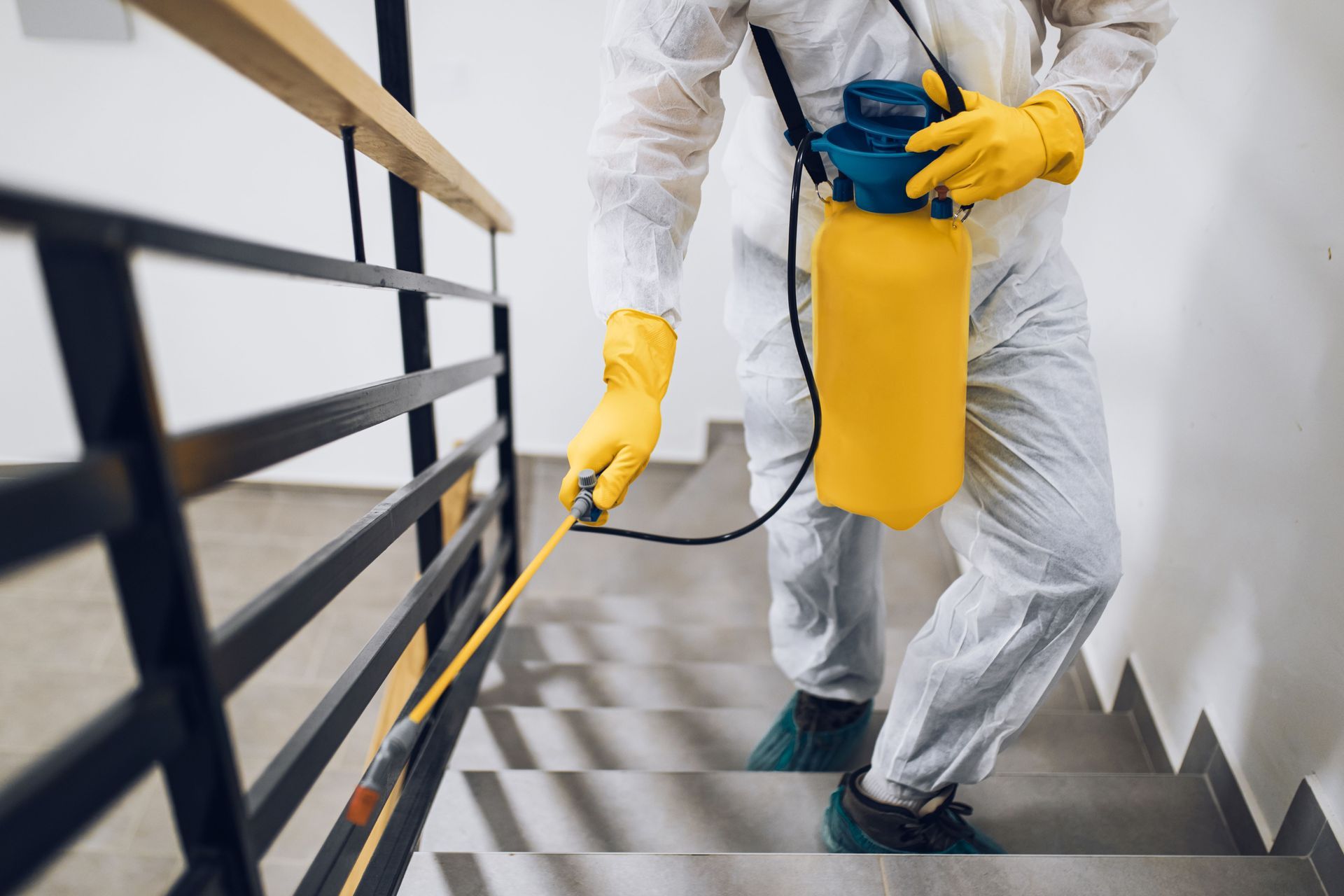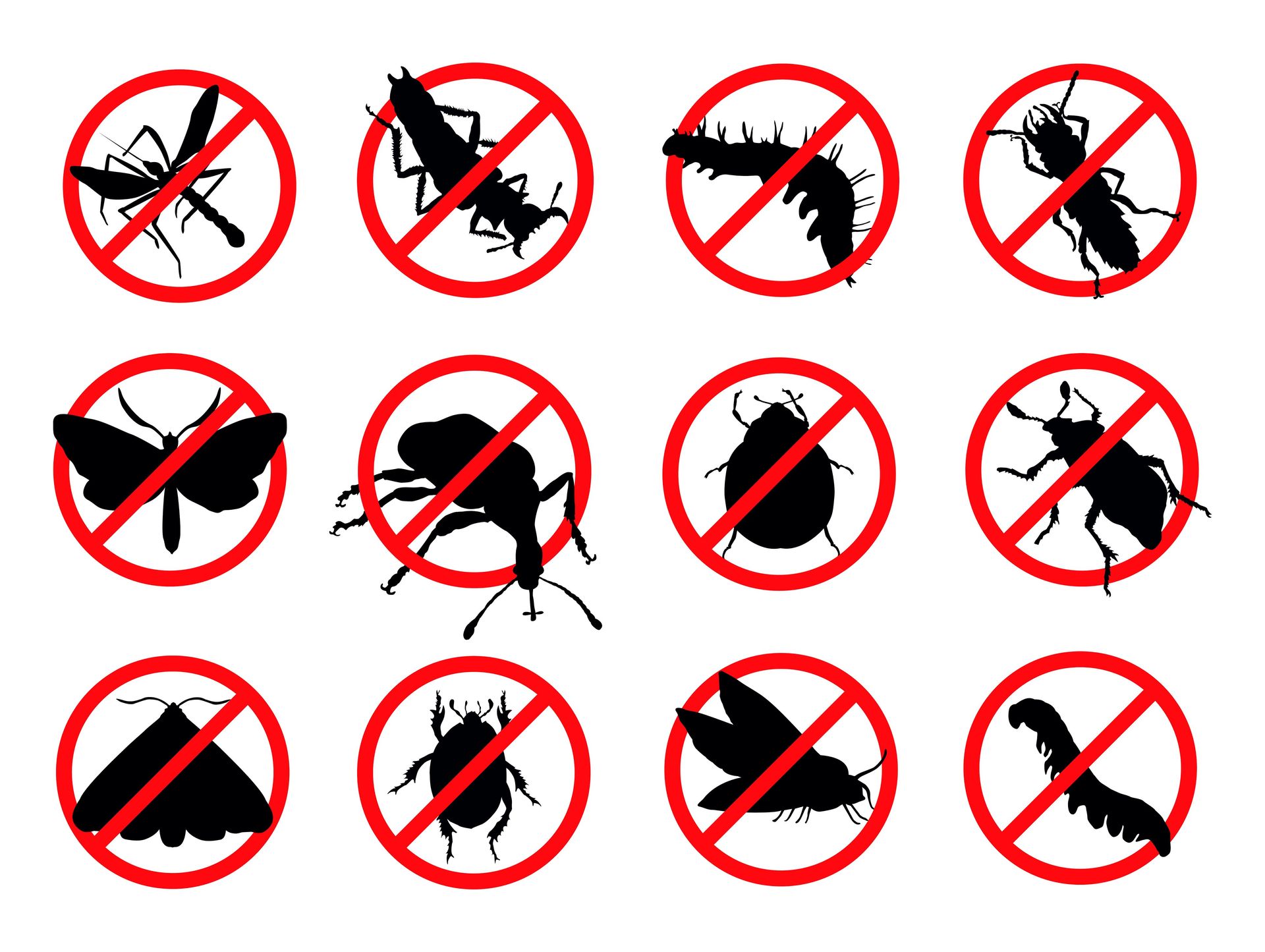Stinging Insects And What You Need To Know To Avoid Getting Stung
The Difference Between Them
Many people are unclear as to the difference between many of these creatures. This is understandable, as many people grow up referring to any flying yellow creature as a bee. There are, however, clear distinctions that can help you understand exactly what you are dealing with when you see one of them and make it easier to avoid a sting.
Some stinging insects such as bees and yellow jackets are beneficial for the environment as they perform various tasks such as pollination. Bees are the hard workers who give us honey to enjoy. Hornets help keep many other insects known as pests under control.
Bees generally do not attack unless provoked. Wasps can be extremely aggressive, however, and are able to sting many times – unlike bees, which can only sting once. Yellow jackets are also capable of multiple stings. Hornets tend to have painful stings.
Why You Should Avoid A Sting
The pain from a sting is enough reason to avoid one. But pain is not the only reason you should avoid these pests. A sting can become serious if one is allergic to the pest they have been stung by. An allergy can result in infection, swelling, and can even threaten one’s life.
How To Avoid Provoking Them
Many of the stinging insects will avoid confrontation, but defend themselves when provoked. For this reason, it is important not to simply swat at them unless you have a specific plan of attack. Keep your hands to yourself and be sure to avoid picking a fight.
Non-Chemical Ways To Keep Them Away
Cleanliness is a great repellent as many stinging insects are attracted to rotting trash. Although flowers are lovely, keeping them on your patio is an invitation to bees that will arrive to feast on their nectar. Choose greenery with no blooms to avoid this situation. Avoid wearing bright clothing as this naturally attracts bees, and keep your sugary drinks inside unless you want to send a direct invitation to bees, hornets, and wasps asking them to join your party.
How To Get Rid Of Them Mindfully
The removal of all of these particular insects is essential in avoiding stings, and should be done by a professional as they have the knowledge and practice required to do so. When removing bees from your property, it is essential to remove the complete hive. The removal of wasps requires much planning and should be carefully thought out. The removal of hornets and yellow jackets involves trimming trees and bushes so that the environment is no longer hospitable for their habitation.
There is no doubt that stinging pests are nuisances to many. Although each insect has a purpose, and many are helpful to the environment, it is preferable to avoid an encounter with them. Use these easy tips to avoid getting stung so that you can enjoy your summer in peace.


